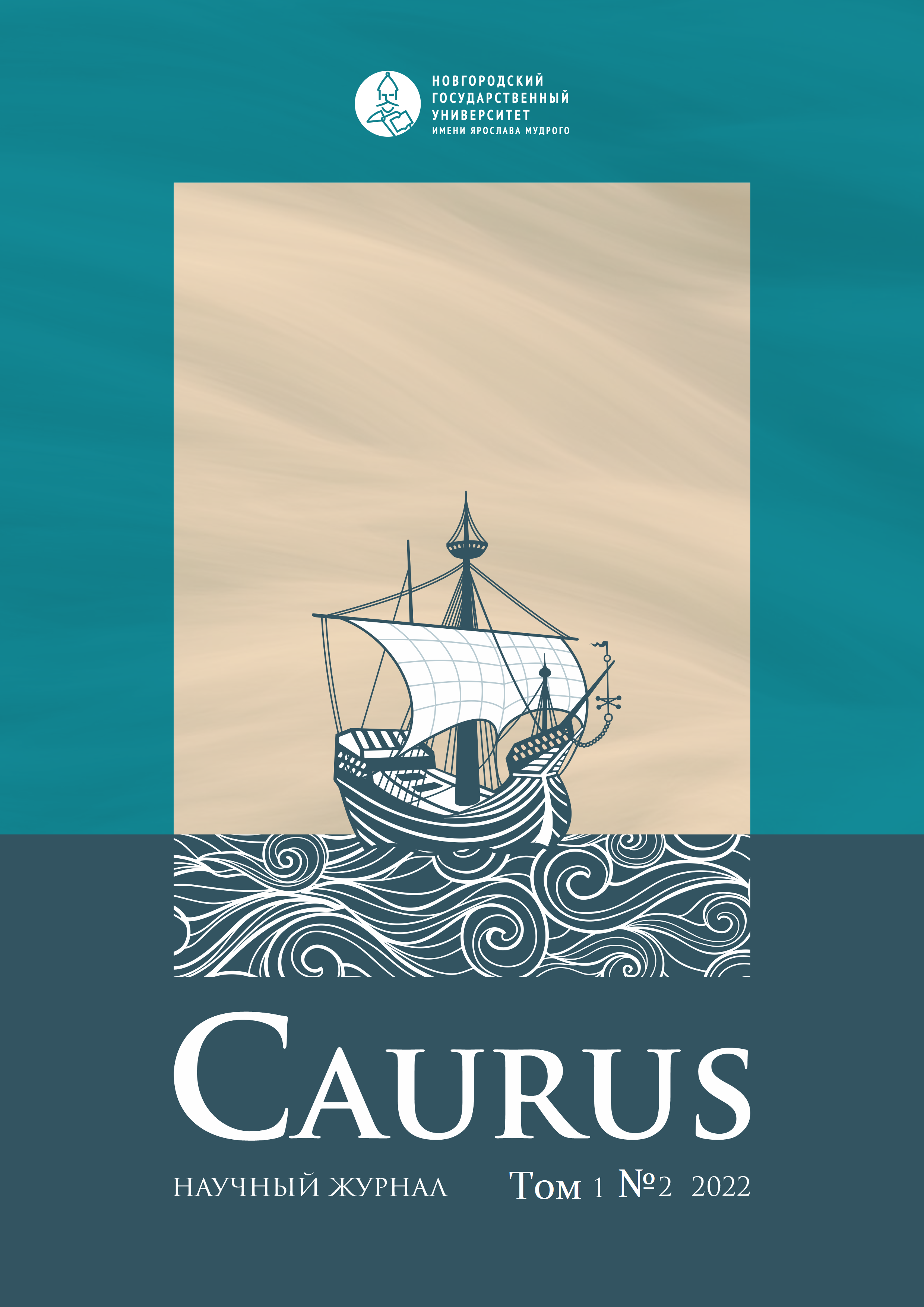Livonian Historiography of the 17th century and Swedish Gothicism: The Lode-Werner Chronicle
DOI:
https://doi.org/10.34680/Caurus-2022-1(2)-39-52Keywords:
early modern period, Livonia, Estland, Livonian historiography, ethnogenetic myth, chronicle, Gustav von Lode, David WernerAbstract
In the early modern period, pan-European tendencies towards the self-identification of nations with ancient peoples led to the active construction of ethnogenetic myths in historiography. The rise and continuation of this pan-European tradition also influenced historiography in the Baltic region in the 16th–17th centuries, partly under the influence of Swedish Gothicism, which spread here after the entry of the Estland and Livonian territories into the Swedish kingdom. The work from the second half of the 17th century, known in historiography as the Lode-Werner Chronicle of Livonia, under the influence of the ideas of Swedish Gothicism, is based on the ethnogenetic myth of the Goths. The early history of the region is described in the Chronicle as a time when the characters of Gothic history were active in the territories of the Baltic region. This emphasizes the primacy of the Swedish and Gothic rulers' interaction with the Baltic peoples, thus legitimizing Swedish rule in the Livonian territories. The author of the Chronicle, on the other hand, singles out the history of the Estland lands from the general context of Livonian history, linking it to the activities of the Danes in the 11th–13th centuries. The political aspect of ethnogenetic mythology cannot be ruled out and has also influenced several features of the Lode-Werner Chronicle, including the author's effort to highlight the historical privileges of the Estland knighthood by referring not only to Swedish, but also to Danish sources, in particular, to the work of Saxo Grammaticus.







